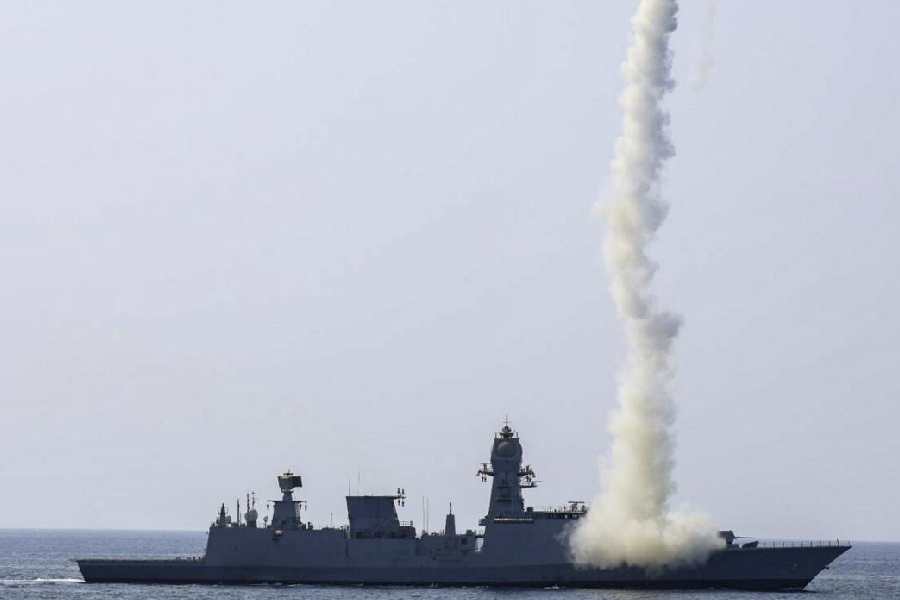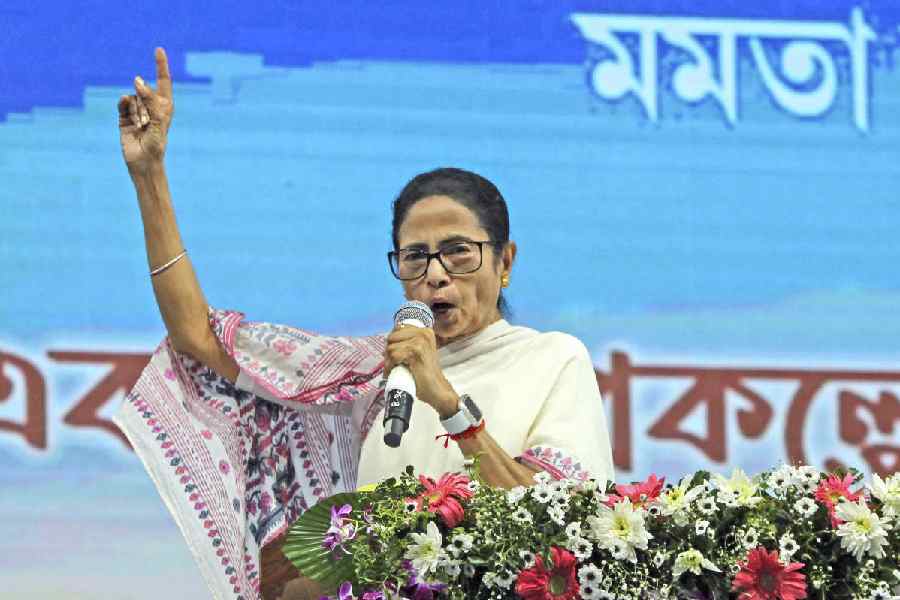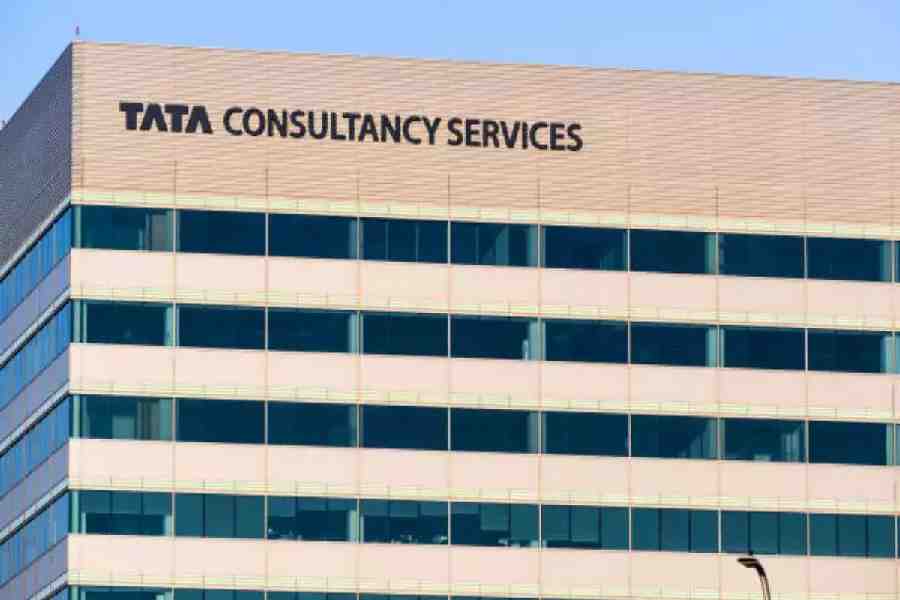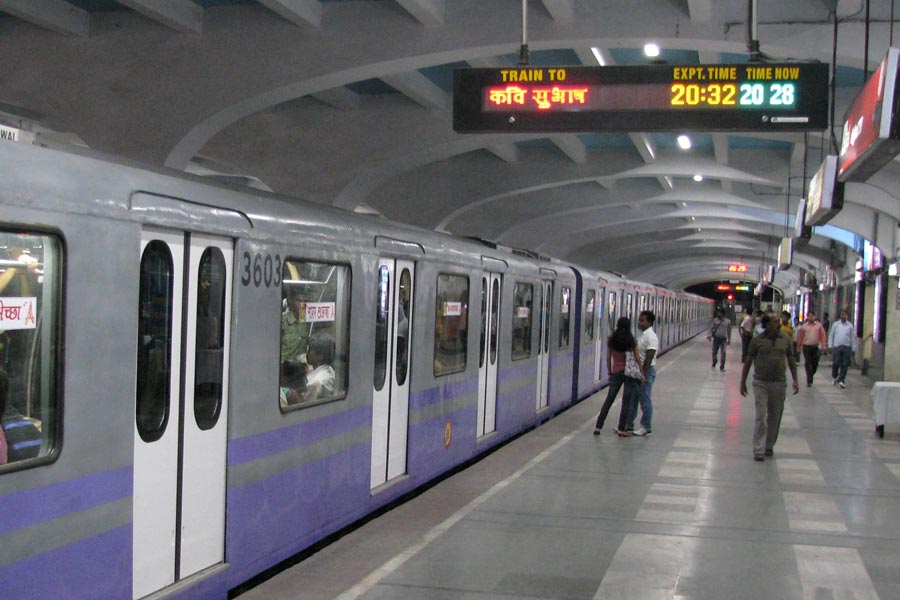 |
Bhubaneswar, July 25: The state government heaved a sigh of relief with the Union ministry of environment and forests (MoEF) lifting the moratorium on environmental clearance to projects in two of the three “critically polluted” areas of the state.
The restrictions in the industrial clusters of Angul-Talcher and Jharsuguda, which came quite high on the Central Pollution Control Board’s (CPCB) comprehensive environmental pollution index (CEPI), were lifted following an improvement of the situation in these areas. However, the restrictions stay in place in IB Valley near Jharsuguda, which had also been declared critically polluted by MoEF and CPCB.
The MoEF gesture, which comes in the wake of implementation of an action plan by the Orissa State Pollution Control Board (OSPCB) to reduce pollution levels in these areas, assumes significance in view of the fact that the Angul-Talcher belt is considered the state’s powerhouse.
Sources said since the state government had signed around 10 MoUs for setting up power projects in the belt stretching from Angul to Dhenkanal, the restrictions had put a question mark on their future.
Besides, the region also accounts for a large number of coal mines which have been contributing significantly to the pollution levels. Had the moratorium not been lifted, the operation of new coal mines would also have become difficult. “This is a very important development and we hope that restrictions in the IB Valley would also be withdrawn soon,” said environment director Bhagirathi Behera.
The MoEF imposed the restrictions last year after CPCB’s analysis showed that 43 out of the country’s 88 industrial clusters were critically polluted. Using CEPI, which took into account air, water and oil pollution besides other high risk elements, the industrial clusters were graded on the basis of their scores. While the clusters scoring 70 and above were tagged “critically polluted”, those with CEPI between 60 and 70 were classified as “severely polluted”. While Angul-Talcher, Jharsuguda and IB Valley were placed in the “critically polluted” category, the Paradip industrial belt escaped the dubious distinction but was labelled “severely polluted” nonetheless.
Behera said the situation in Angul-Talcher and Jharsuguda areas improved substantially following the implementation of OSPCB’s action plan under CPCB’s guidance. The government has formed a state-level committee headed by the chief secretary to monitor the progress of the action plan, which remains critical to the health of these industrial belts. The environment secretary is the member-convenor of the committee.
Apart from this, a local level committee with Angul collector as the chairman, has been constituted to keep a close watch on the pollution level in the area. “This committee also has two NGO members. A similar body for Jharsuguda will also be constituted soon,” said Behera.










